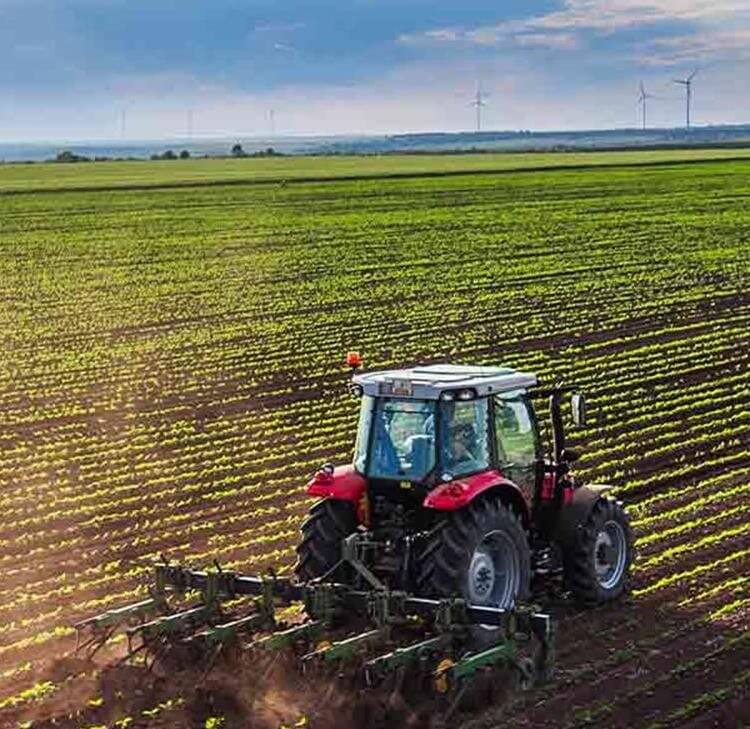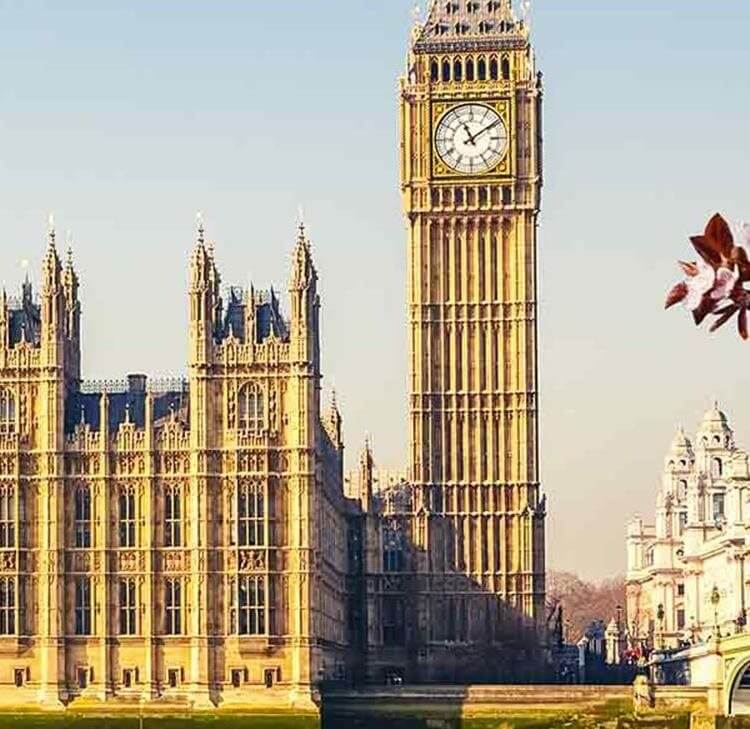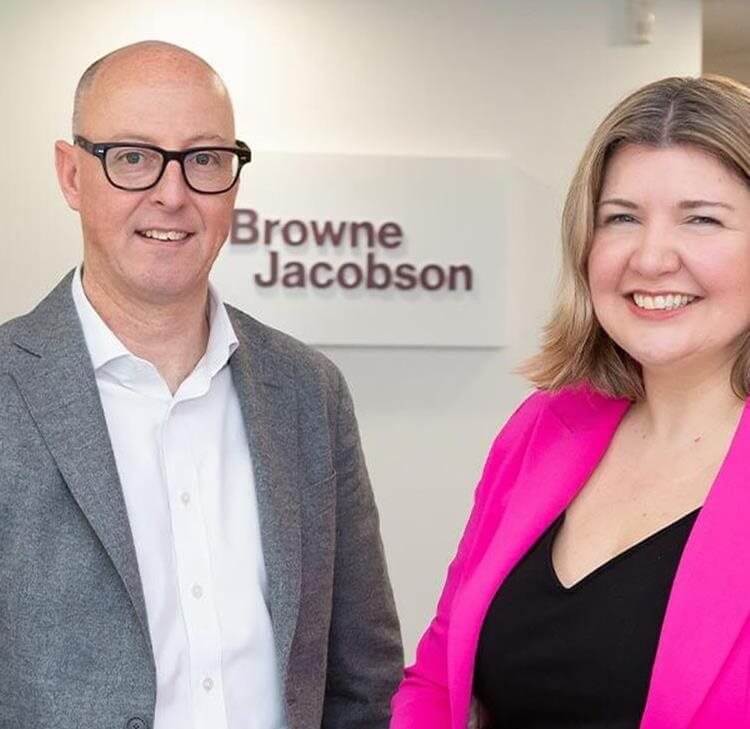Biodiversity Net Gain (BNG) is a concept that aims to leave the natural environment in a measurably better state than it was beforehand.
Since 12 February 2024, BNG has been mandatory for developments (unless they fall within one of the statutory exemptions). This means that where applications for planning permission are submitted after 12 February 2024, the developer will need to demonstrate that they can deliver the biodiversity gain objective of at least 10% before they commence works. BNG is embedded in the planning regime in England and poses a series of challenges, and opportunities, for local authorities, developers, landowners and tenants taking on leases of new developments.
We have previously published a number of articles on BNG, including the legislative framework underpinning this regime (available here: How to prepare for Biodiversity Net Gain becoming mandatory (brownejacobson.com)) and opportunities that BNG can offer (available here: Biodiversity Net Gain: positive for nature & opportunity for landowners | Planning law (brownejacobson.com))
The concept of biodiversity gains being considered, and delivered, as part of planning decisions is, itself not new: the National Planning Policy Framework has long required consideration of biodiversity matters, and local authorities have developed and applied local policies to embed biodiversity considerations/requirements into decision making when approving developments. Mandatory BNG has, however, put the delivery of at least 10% Biodiversity Net Gain on a statutory footing – there is a legal framework, underpinned by statutory requirements and a standardised metric, that must be used.
Nearly six months into the new mandatory regime therefore seems a sensible time to reflect on how it is going: what have we learnt and how is it progressing?
Uncertainties
There are undeniably some uncertainties and challenges facing local authorities, developers and landowners; in part as you would expect with any new regime, including:
- Areas of uncertainty in how the legislative requirements should be interpreted and applied, including what constitutes “significant” in the context of onsite BNG that needs securing; how and when to determine and document when the 30-year maintenance period runs from in relation to onsite BNG.
- Balancing, and fully understanding (and embedding into business planning), demands on developers required to deliver BNG in addition to other requirements that factor into their viability assessments.
- Navigating timing considerations: when is sufficient BNG detail provided in the process to allow significant onsite to be secured? When can planning officers and committee members consider BNG delivery in their decision making?
- Ecological and nature conservation matters: considering protected site and protected species matters, including duration of consents for operations on protected sites; stacking, layering, bundling; in order to determine contractually what provisions are aligned and non-conflicting, and understanding policy positions in relation to public sector schemes; understanding how to determine what is strategically significant from a metric perspectiveespecially prior to local nature recovery strategies being published (we have published more information on LNRSs here: Local nature recovery strategies: Local authority requirements guide (brownejacobson.com)) There are also concerns about the difficulties in securing ecological expertise, including within local authorities.
- Understanding any tax implications, including from an Inheritance Tax, Capital Gains Tax and Income Tax perspective.
- Insurance considerations (we have published an article reflecting on potential insurance matters here: How might biodiversity net gain impact insurers? (brownejacobson.com)).
- Difficulties in securing offsite sites through S106 Agreements of Conservation Covenants: with only six Responsible Bodies designated at the date of writing (list available here: Conservation Covenants: list of designated Responsible Bodies), and some local planning authorities juggling resource availability, there have been some reports of landowners struggling to secure their land. Hopefully, with the designation of more Responsible Bodies moving forwards, this will be a challenge that naturally recedes over time.
- Calculating reasonable and sufficient monitoring fees for a 30-year period, and enforcement and delivery of BNG obligations in the long term.
- Accounting for BNG requirements in Option Agreements, Agreement for Leases, Development Agreements and within other transactional and project documents.
Since the general election, questions are also being asked about whether the new Labour Government will seek to update or amend any elements of BNG (either in general, or to deliver in specific areas), and/or how any planning reforms may impact on elements of BNG delivery.
Opportunities and positives
The National Audit Office published a report in May 2024 reflecting on the implementation of BNG, and identified several areas where work is still required to embed BNG into the planning regime and deliver on its aims and objectives moving forwards[1]. Whilst the observations in this report reflect some of the concerns above, and are echoed in our own experiences with clients, there are areas where there are clear positives to draw on:
- Sharing of knowledge and collaboration: we have seen, and been party to, innovative and informed collaborations and discussions between local authorities, to progress effective and efficient processes and approaches. We have also been involved, and helped facilitate, positive discussions between developers and local authorities, to share understanding of concerns.
- More information and updated guidance has been published by the Government since the commencement of BNG, reflecting on feedback from stakeholders, which has provided helpful insight. Natural England and Defra have posted blogs and updates to give insight into areas of BNG, and there is a growing body of ecological information available to landowners and developers on what practically is needed to deliver the required 10% net gain.
- The offsite market for units is developing, and we are seeing more engagement by, and with, landowners assessing options and opportunities. Habitat banking is becoming more prominent, and this is itself generating interest and engagement with BNG opportunities for landowners. More sites are being included on the BNG Register, which is encouraging.
- Responsible Bodies are being designated by Defra, and as the list of Responsible Bodies increases, this will support and facilitate the development of the offsite unit market.
- Funding that has been, or will be, made available to local authorities to assist with planning processes may also help to address some of the resourcing concerns; and the planning reforms referenced by Labour may also assist in developing and embedding how BNG works.
Taking a step back from the specific details, the fact that BNG commenced in February should be a huge positive development for the natural environment in England. Whilst England is known for areas of stunning landscape (such as the Lake District, the North Yorkshire Moors, the Cotswolds and the Norfolk Coast for example) – it is sobering to recognise that England is also widely considered to be one of the most nature-depleted countries in the world. The Natural History Museum reported in 2020 that Britain had lost a larger proportion of its natural biodiversity than almost anywhere else in Western Europe, and the most of all G7 nations.
The Environment Act 2021 has been described as one of the most important pieces of legislation from the natural environment perspective and reflects a significant shift from the previous embedding of “nature conservation” principles into legislation to now requiring - and demanding - more proactive “nature recovery”. BNG is central to delivering this change in approach.
Further thoughts
We are hosting a series of in-person events in September that will expand on some of the above thoughts, and explore in more depth the successes and challenges posed by BNG in the first six months, and the lessons learned. For more details, please see here: Biodiversity Net Gain: Lessons learnt half a year in | Planning law (brownejacobson.com).
We are also providing training courses on BNG considerations, process and decision making. If you have any questions on BNG, or environmental/nature conservation law in general, please contact Helen Gill.










































